27 September 2015, Hendrie Valley, Burlington ON. It was my happy pleasure to lead a group of four birders into this very bird-rich valley this morning. We were there to conduct the almost-daily census which, I had suggested, would take two hours although in the end we spent the best part of three at the task. The weather was perfect and the valley full of late summer colours and vegetative exuberance, just the place for a morning walk and lots of birds.
We can always count on plenty of resident White-breasted Nuthatches, Black Capped Chickadees, Mallards and Northern Cardinals, I expect that most of them will stay somewhere around here for the winter. Nearly everything else was on the move, either heading south with some sense of urgency or hanging around long enough to fatten up until forced out by the first hard frosts. There were dozens of Blue Jays passing overhead, screaming as they went. (I noted sixty-three but if any-one had told me I was mistaken and the real count was a hundred and sixty-three, I wouldn’t argue.)
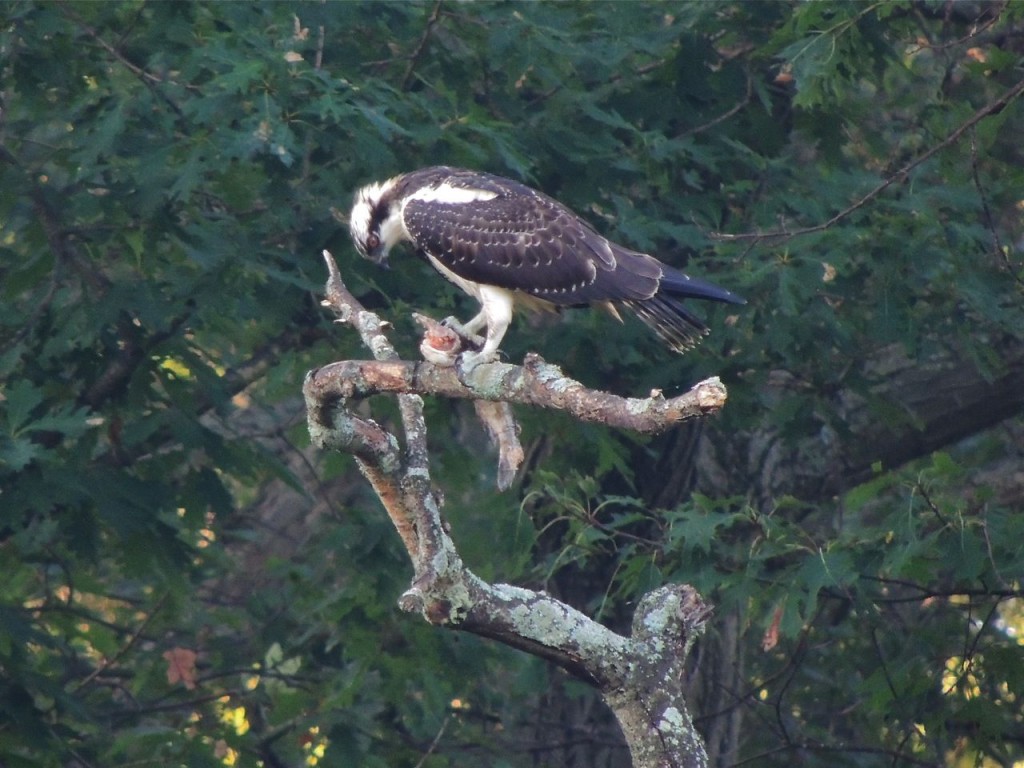
A wheeling Osprey landed close by and ripped a few shreds from a captive fish before leaving to find a more private place to eat. Flocks of young Cedar Waxwings hung around tree-tops everywhere, we found a House Wren skulking deep in a grape tangle and heard but didn’t see two Carolina Wrens. Our list grew to thirty-eight species and towards the end of our walk there was a cascade of notables: A couple of cautious-looking Brown Thrashers skulking deep in the undergrowth trying to avoid being seen; a pair of Cooper’s Hawks glimpsed skimming overhead and a young Yellow-bellied Sapsucker among them. As the sun warmed the air and lit up the tree-tops we found quite a few migrant warblers; American Redstart, Nashville Warbler, and a Common Yellowthroat. A bright yellow Wilson’s Warbler and a Northern Parula gave short bursts of colour to remind us of the good old days of spring. (Three photos below are visible only on the website, not if you’re reading this as an email.)
The best came last, a Blue-headed Vireo. Faithful followers will have read of my soft spot for vireos in general and a particular place in my heart for Yellow-throated and Blue-headed Vireos. On the ‘in general’ point, vireos have the sort of tenacious here-I-am-take-it-or-leave-it air about them that makes them rather like the sometimes-left-out kid in the class who goes on to great success despite the conventional wisdom of others. They work the middle and upper levels of forests and woody margins, looking for insects, moving deliberately from branch to branch while singing a casual two or three phrase song that is discernibly similar among many of the vireo species.
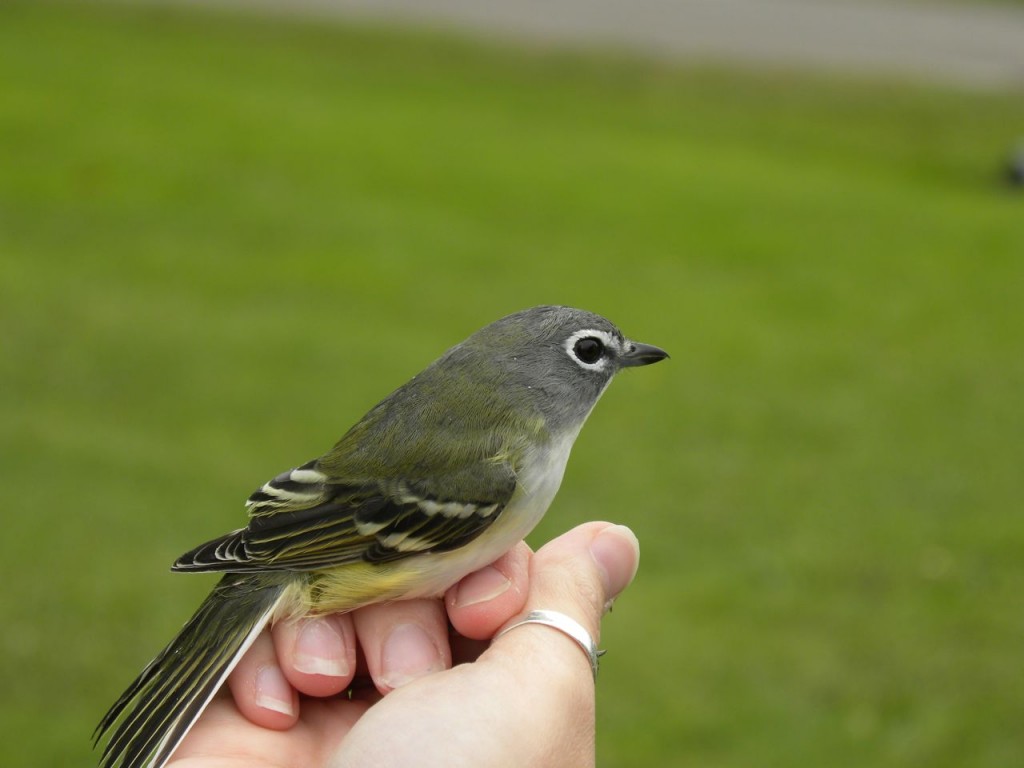
The Blue-headed Vireo prefers coniferous forests so is not much found around here; I usually see one or two each fall and count myself lucky when I do. I don’t think they’re particularly rare; it’s more that they tend to be solitary, generally undemonstrative and well, not secretive but inconspicuous. Today’s Blue-headed Vireo was singing brightly, minding its own business as if spring was in the air. It was working through the canopy over the heads of many family groups who were feeding chickadees and chipmunks. I heard it first and in time we all managed to see it clearly when it lingered in the open. It’s not a particularly large bird, sparrows sized, and were it not for its plumbeous blue head and startling white spectacles you might not pay it much attention. Hearing and then seeing this bird so well, almost text-book quality, pushed aside any thoughts that our Brown Thrashers, Cooper’s Hawks or especially the Northern Parula might be Birds of the Day. They are all good candidates, and have had their days in the sun, but they are not vireos and do not have a soft spot reserved for them by me.
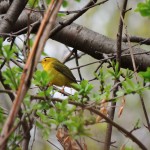
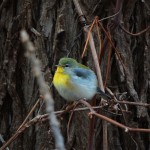
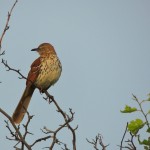
I totally understand your love for vireos, especially the Blue-headed. I don’t think most photos do them justice – they are truly stunning in the field!
It was a beautiful morning in the valley and I enjoyed the outing very much. I hope to participate again.